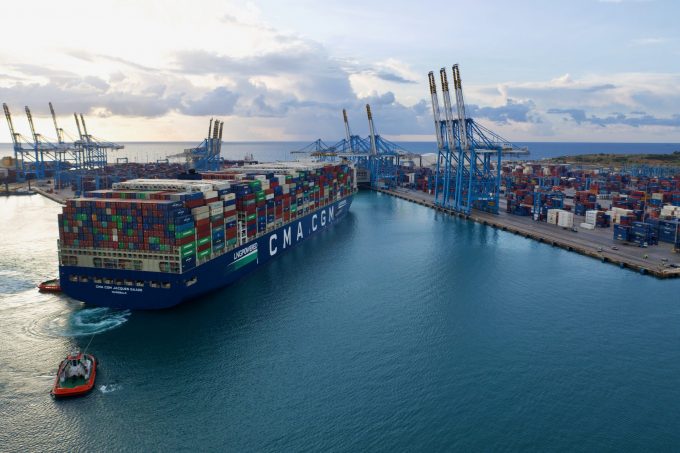The shape of Asia-Europe shipping capacity as the new alliances bed in
Proforma scheduled liner capacity on the Asia-North Europe trade is set to be reduced by ...

Container spot rates from Asia to Europe appear to have reached their elevated peak ahead of Chinese New Year, but transpacific rates are still in the ascendance.
Drewry’s WCI Asia-North Europe component edged up just 1% this week, for an average of $4,984 per 40ft, while Asia-Mediterranean rates were also up 1%, to $6,365 per 40ft.
Nevertheless, spot rates for the two tradelanes are up 186% and 129% respectively on the same week of last year, ...
Volcanic disruption at Anchorage could hit transpacific airfreight operations
Shippers snap up airfreight capacity to US ahead of tariff deadline
New price hikes may slow ocean spot rate slide – but for how long?
Tighter EU import requirements proving 'a challenge' for forwarders
Looming Trump tariffs will create 'a bureaucratic monster' for Customs
Airfreight demand expected to weaken through Q2
Real test of Gemini hub and spoke model yet to come, says Maersk

Comment on this article